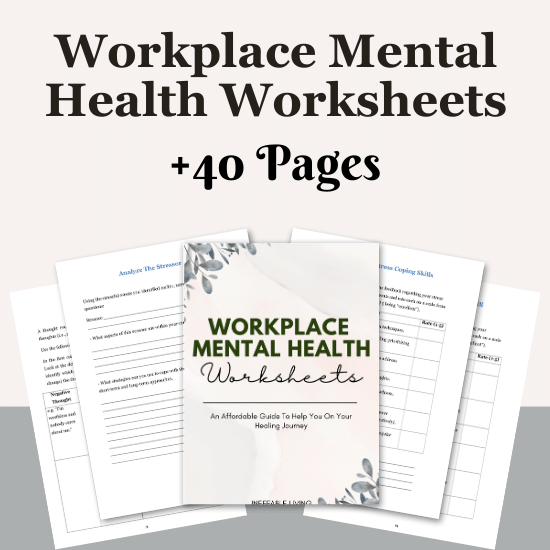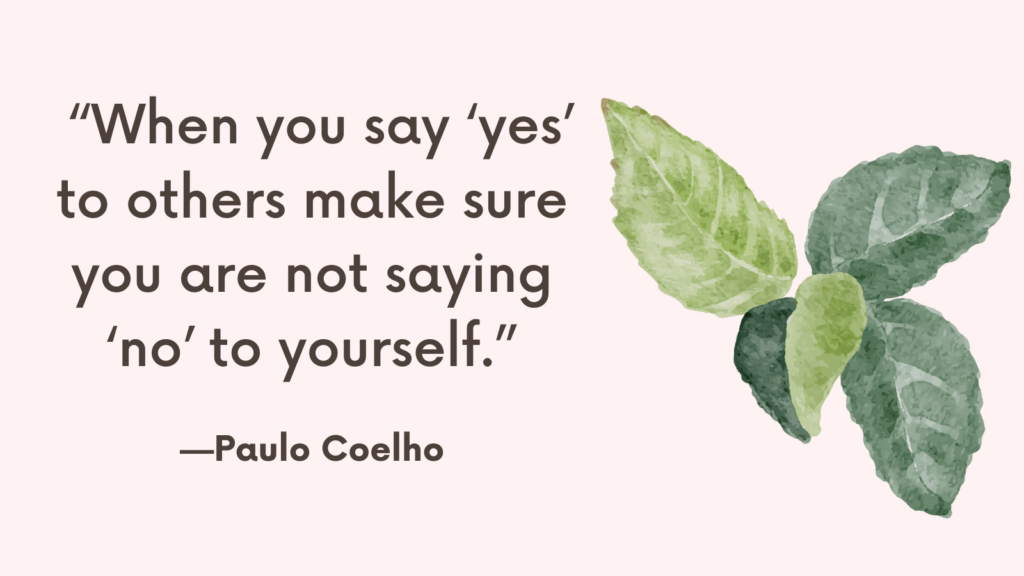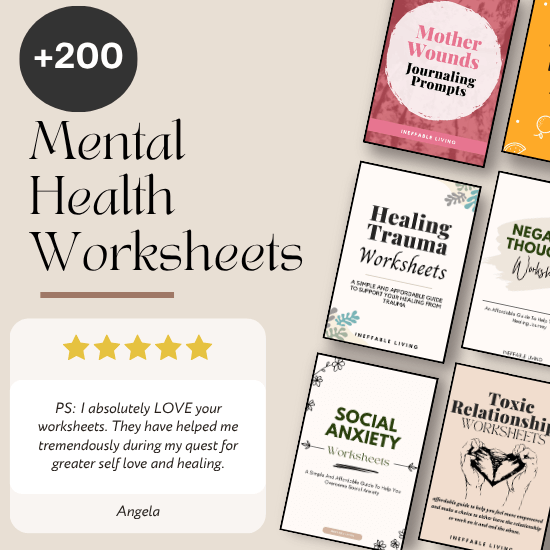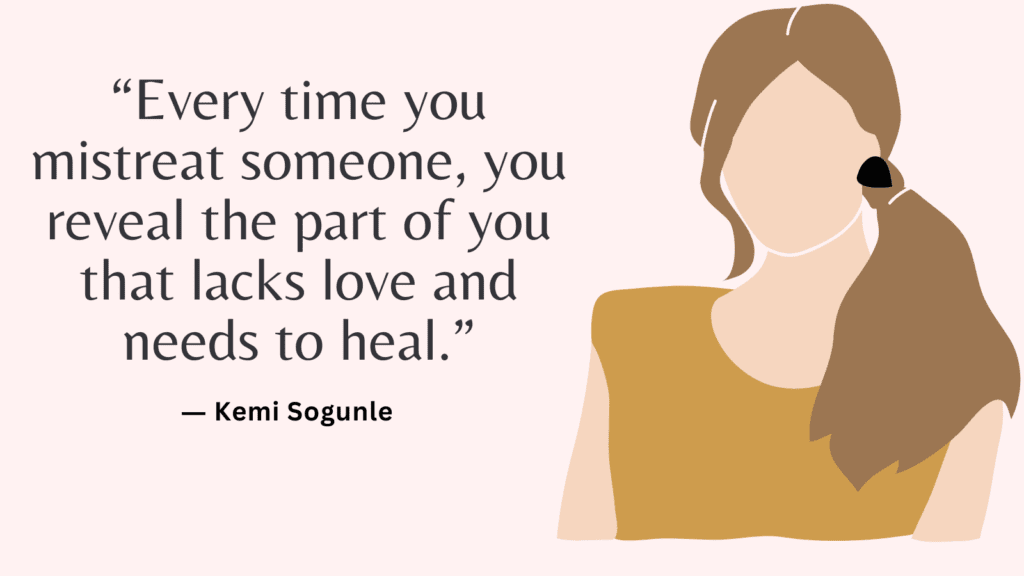Setting and maintaining boundaries at work is crucial for maintaining a healthy work-life balance, reducing stress, and fostering a positive work environment.
Clear boundaries help you manage your time, energy, and relationships at work, ensuring that you remain productive and engaged without compromising your well-being.
This guide will provide you with essential tips and strategies for mastering boundaries in the workplace.
Examples of Work Boundaries
- I will not answer work emails after 6 p.m.
- I will take my full lunch break without interruptions.
- I will not check messages during my days off.
- I will say no to extra tasks that aren’t part of my role.
- I will schedule focused work time without meetings.
- I will set clear deadlines for tasks and projects.
- I will communicate when I am overloaded.
- I will not work during vacations or holidays.
- I will close my laptop at the end of the workday.
- I will not give out my personal phone number.
- I will avoid gossip or office drama.
- I will not apologize for saying no.
- I will delegate when appropriate.
- I will request compensation for extra hours.
- I will take mental health days when needed.
- I will block time for deep work.
- I will ask for support when a task is unclear.
- I will leave meetings that don’t require me.
- I will log off during lunch breaks.
- I will limit time spent on non-essential tasks.
- I will stop multitasking during important tasks.
- I will take short breaks every few hours.
- I will not tolerate disrespectful behavior.
- I will hold boundaries on meeting times.
How to Identify Your Boundaries at Work?
Knowing your boundaries at work is essential for protecting your time, energy, and mental health. Without clear boundaries, you risk burnout, resentment, or feeling taken advantage of. Identifying what you need — and where your limits are — is the first step toward creating a healthier, more balanced work life.
1. Notice When You Feel Drained or Resentful
Feelings of exhaustion or resentment are powerful clues that a boundary has been crossed. Pay attention to tasks, people, or situations that leave you feeling frustrated or depleted — they often highlight where limits are missing.
2. Define Your Personal Capacity
Get honest about how much you can realistically take on without harming your well-being. What’s your limit for overtime, emotional labor, or extra tasks? Knowing your bandwidth helps you avoid overcommitting.
3. Identify Your Non-Negotiables
Some boundaries are flexible, but others are non-negotiable — like needing uninterrupted lunch breaks, not answering emails after hours, or maintaining respectful communication. Write down what you absolutely need to function well.
4. Clarify Your Role and Responsibilities
Blurred job descriptions often lead to boundary problems. Get clear on what is and isn’t part of your role. If you’re frequently asked to take on tasks outside your scope, it may be time to set a boundary.
5. Pay Attention to Emotional Triggers
Notice which interactions leave you feeling anxious, angry, or undervalued. Emotional reactions can point to where you need stronger boundaries — such as limiting time with toxic coworkers or protecting yourself from unfair criticism.
6. Understand Your Work-Life Separation
Define what separates your professional life from your personal life. Is it no work emails on weekends? No thinking about work during family time? Clear lines help preserve your mental space outside of work.
7. Reflect on Communication Boundaries
How do you want to communicate — and be communicated with? Are you okay with after-hours texts? Are you clear about when and how people can reach you? Communication boundaries prevent constant, draining availability.
8. Recognize Physical and Environmental Limits
Some people need quiet space; others need regular breaks from their desk. Identify what physical or environmental boundaries help you stay productive and calm, then plan how to protect them.
9. Check in With Your Values and Priorities
Your boundaries should reflect what matters most to you — whether it’s fairness, respect, creativity, or balance. Aligning your work limits with your values creates stronger, more authentic boundaries.
10. Remember That Boundaries Are About You
Boundaries aren’t about controlling coworkers or bosses — they’re about defining what you will or won’t accept, what you can give, and what you need to stay healthy. Keep the focus on your actions and choices.
How to Set Boundaries at Work?
1. Understand Your Rights and Responsibilities
Familiarize yourself with your job description, company policies, and labor laws to understand your rights and responsibilities.
Knowing what is expected of you and what you are entitled to can help you set clear boundaries.
2. Define Your Work Hours
Set clear work hours and communicate them to your colleagues and supervisors.
Stick to these hours as much as possible, and avoid checking emails or taking calls outside of work hours unless absolutely necessary.
Related: Top 25 Tips On How To Set Boundaries Without Being Controlling? (+FREE Worksheets PDF)
3. Prioritize Your Tasks
Use a prioritization system to manage your workload effectively.
Focus on high-priority tasks and learn to say no or delegate lower-priority tasks when your plate is full.
4. Communicate Boundaries Clearly
Be clear and assertive when communicating your boundaries to colleagues, supervisors, and clients.
For example, if you prefer not to be contacted after hours, politely but firmly state this preference.
5. Learn to Say No
Practice saying no to additional tasks or responsibilities that do not align with your priorities or that you simply do not have the capacity to take on.
Offer alternative solutions, such as delegating the task or scheduling it for a later time.
Related: How to Identify and Set Non Negotiable Boundaries?
6. Set Boundaries Around Technology
Manage your use of technology, such as email and messaging apps, by setting specific times to check and respond to messages.
Turn off notifications during non-work hours or when you need to focus on deep work.
7. Manage Expectations
Clearly outline what can be expected of you in terms of response times, availability, and deliverables.
If you cannot meet a deadline or need additional support, communicate this as early as possible.
8. Protect Your Personal Time
Ensure that you have time outside of work for rest, hobbies, and personal relationships.
Avoid letting work tasks spill over into your personal time by setting firm boundaries around when and where you work.
9. Address Boundary Violations Promptly
If someone oversteps your boundaries, address the issue promptly and respectfully.
Reiterate your boundaries and explain why they are important to you.
Related: Top 19 Journal Prompts For Boundaries
10. Seek Support When Needed
If you struggle with setting or maintaining boundaries at work, seek support from a supervisor, HR, or a mentor.
They can provide guidance and help you navigate difficult situations.
11. Create Physical Boundaries
If possible, create physical boundaries in your workspace, such as a designated work area or a closed door during focus times.
This helps signal to others when you are not available for interruptions.
12. Practice Self-Care
Incorporate self-care into your daily routine, even at work.
Take regular breaks, stay hydrated, and move around to prevent fatigue and stress.
13. Respect Others’ Boundaries
Be mindful of your colleagues’ boundaries as well.
Respect their time, workload, and personal space, and avoid making unreasonable demands on their time.
14. Regularly Reevaluate Your Boundaries
Periodically review and adjust your boundaries as needed.
As your role or circumstances change, your boundaries may need to be updated to reflect new responsibilities or goals.
Related: Top 10 Books About Setting Boundaries

Conclusion
Mastering boundaries at work is essential for maintaining a healthy work-life balance, reducing stress, and fostering a positive work environment.
By setting clear boundaries, communicating them effectively, and respecting both your own and others’ limits, you can create a more sustainable and fulfilling work experience.
Remember, boundaries are not just about saying no—they are about creating the conditions for your best work and a healthier, happier you.



